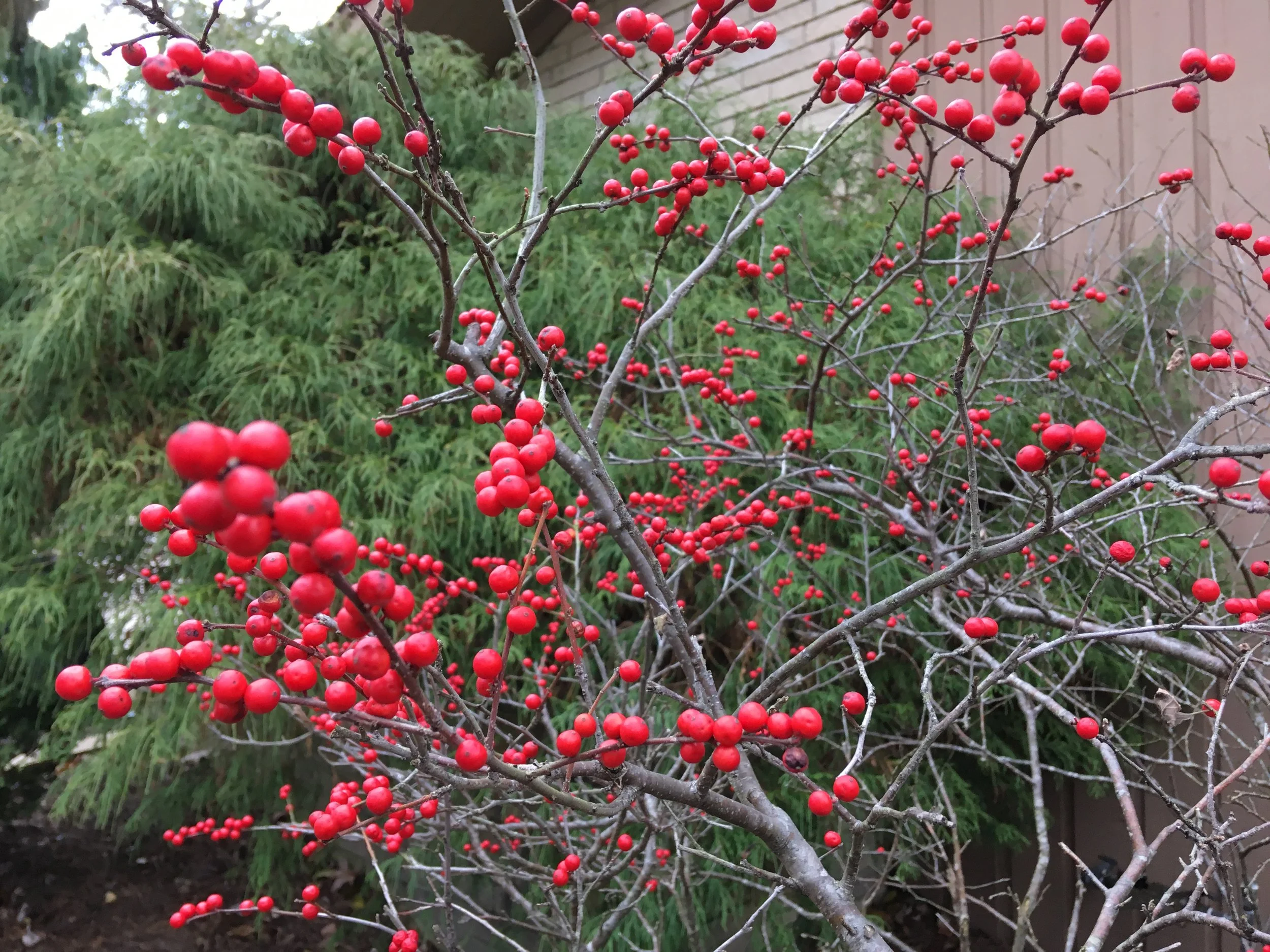Winter isn’t only a harsh season for people and wildlife. It also asks a lot of our plants.
All plants (both native and non-native) need sunlight and water to survive. In the winter, both of these resources are in short supply. Short days mean less sunlight, and freezing temperatures solidify water so plants can’t access it.
Luckily, native plants have spent thousands of years learning how to survive Ohio and Kentucky winters. Above the surface, it might not look like they’re doing much. But there’s a lot more going on than meets the eye. Here’s an overview of how our region’s native plants have adapted to wintry conditions.
An Our Land Organics native landscape in winter
Annual natives die back before winter.
Annual natives have developed a convenient means of coping with winter: They simply opt out.
Each plant produces seeds before winter starts, and then the plant dies off as cold temperatures set in. While the individual plant won’t survive the winter, its seeds are designed to germinate come spring—ensuring the species’ continued existence.
Most biennial and perennial natives enter a period of dormancy.
Unlike annuals, biennial and perennial native plants are adapted to survive through the winter and will continue to grow come spring. This means the individual plants (not just their seeds) stay alive through the colder months.
Most perennials change their appearance as part of their winter survival strategy. They stop putting energy into maintaining the parts above ground, resulting in the fallen leaves, browned stems, and dieback that we all expect from our winter landscapes. This period is also called dormancy.
Since they don’t need to invest energy in maintaining leaves or growing stems during the winter, these perennials can focus instead on growing their root systems. This is made easier by the fact that soil temperatures are usually warmer than air temperatures in winter. The roots store nutrients that keep the plant fed until the growing season returns.
Photo credit: Nicholas_T



